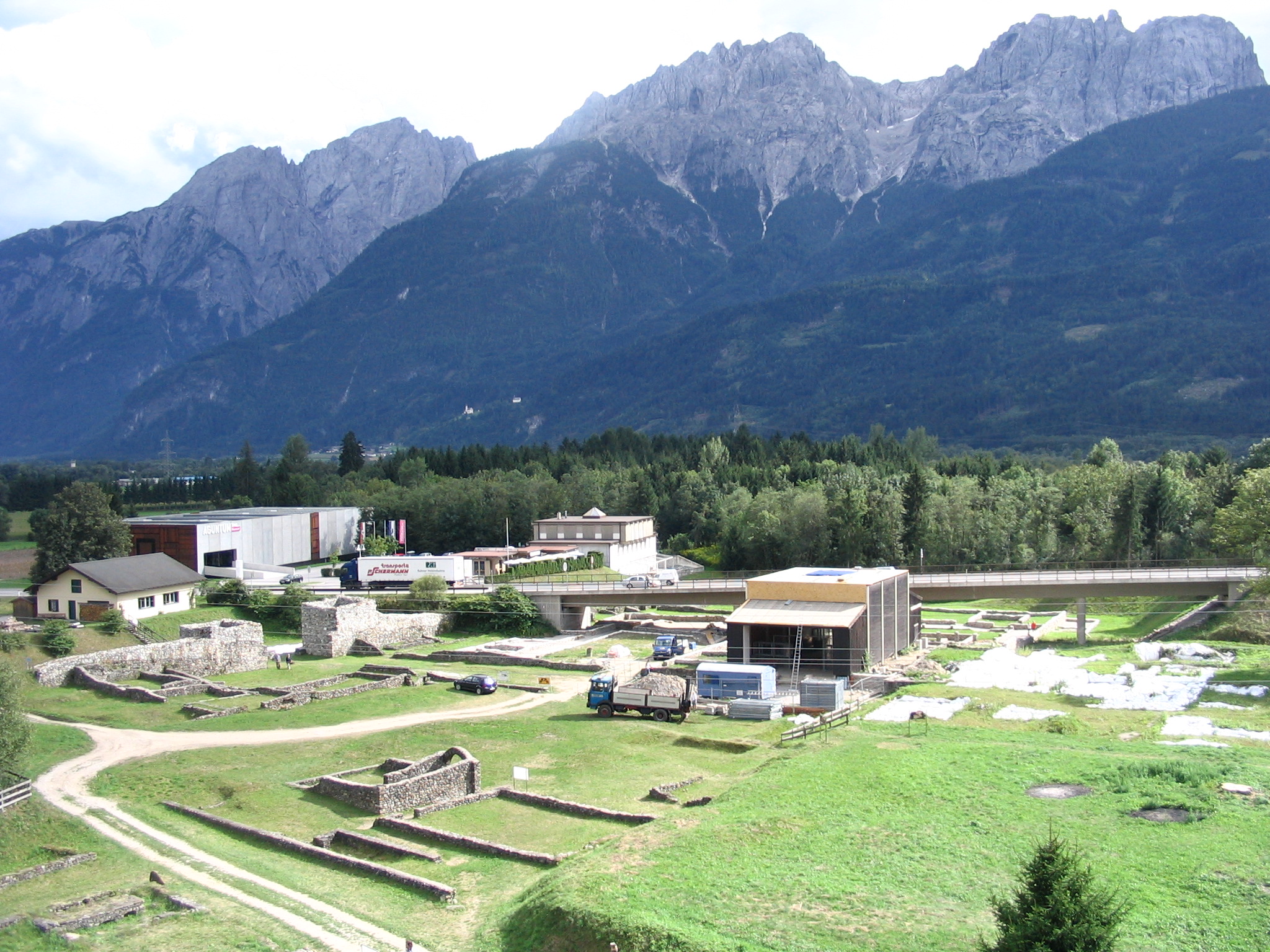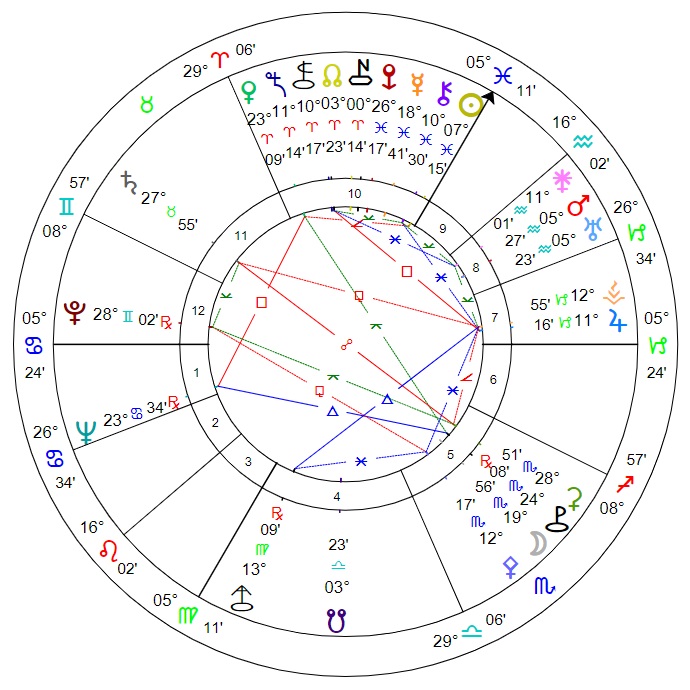Basics
Class: FX-type asteroid
Location: Outer main belt
Orbit length (approx): 5.67 years
Discovered: 26th February 1913 (time unknown), from Vienna, Austria, by Joseph Rheden
Notes: About 60km in diameter.
Events at time of discovery:
- February 26 – The Royal Flying Corps established the first operational military airfield for fixed-wing aircraft in the United Kingdom at Montrose in Scotland.
- – Birth of George Barker, British poet, member of the New Apocalyptics movement
- February 27 – The concept of the “isotope,” referring to a variation of a chemical element containing the same number of protons but a different number of neutrons, was introduced by British radiochemist Frederick Soddy before the Royal Society. The term itself was suggested by his friend Margaret Todd.
- – Paul Ricœur, French philosopher
- – Birth of Irwin Shaw, American writer
Naming information
Name origin: Aguntum was an ancient Roman site in what is now East Tirol, Austria (about 4km east of Lienz, the discoverer’s birthplace). The city was likely built as a mining and trading centre due to local supplies of iron, copper, zinc and gold. Wood, cheese and mountain crystals were also exported. Aguntum was probably sacked by the Goths and later by the Huns in the 5th century CE. It was destroyed in 610. A museum on site hosts the findings of excavations.
 |
| Ruins of the Roman baths at Aguntum. Photo by User:GT1976. |
Astrological data
Discovery degree: 15+ Virgo
Discovery Sabian: In the Zoo, Children are Brought Face to Face with an Orang-utang
Discovery nodal signature: Leo–Aquarius
Estimated orbital resonances: Earth 3:17, Mars 3:8, Ceres 9:11, Jupiter 19:9, Chiron 9:1
Discovery chart details: Noon. Sun semi-square Venus; Mars closely conjunct Uranus, Jupiter square Chariklo-Sedna, Vesta sesquiquadrate and Ceres opposite Saturn. Venus square Neptune.
Summary
Correspondences imply the interaction of one’s conscious mind and primal instincts, including relevant questions of identity; repurposing; novel perspectives; foundations and material elements.
 |
| Noon discovery chart for (744) Aguntina: 26th February 1913, Vienna, Austria. The asteroid is not depicted. |
